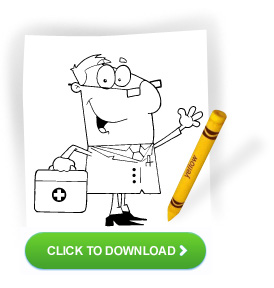What to Expect as Your Child Grows:
Well Child Care at 15-16 Years
Nutrition
 Does it seem your refrigerator or kitchen pantry is always empty? Do you feel like you are constantly heading to the grocery store? Your child's appetite is probably at an all time high. This is normal with growth spurts.
Does it seem your refrigerator or kitchen pantry is always empty? Do you feel like you are constantly heading to the grocery store? Your child's appetite is probably at an all time high. This is normal with growth spurts.- Many teenagers prefer to snack. Make sure you purchase plenty of fruits, vegetables, and calcium-rich foods. Given the choice, they would probably grab a handful of potato chips. They will reach for what's convenient so have plenty of healthy foods to choose from.
- Teenagers often gain too much weight from overeating high calorie snacks, fast foods, drinking too much soda and juice, and not getting enough exercise.
- The best way to get your teenager to eat well is to be a good role model. Encourage family meals and have open ended conversations about making good food choices. In the next few years, you will be there less and less to keep an eye on what's going on their plates.
Development
- Most girls have completed the physical changes related to puberty by age 15.
- Boys are still maturing and gaining strength, muscle mass, and height and are completing the development of sexual traits.
- At this age, many teenagers may stress over school and test scores. Today's society puts a tremendous amount of pressure on children to succeed. Make sure your expectations and your child's are realistic.
- Your teenager may be concerned about physical and sexual attractiveness. They may start to explore romantic and sexual behaviors. Your child will receive a lot of misinformation from friends and the media. When questions and issues start to come up naturally, take advantage of these times to discuss your values and answer any questions honestly.
- As your child matures, she will be able to set goals and think in terms of the future.
Behavior and Discipline
- At this age, your child's friends and the need to fit in become more important. Talk with your child about peer pressure. Watch for signs of changes in your child's normal behaviors that go against the family's value system. Your child may be influenced by friends to try risky behaviors (alcohol, tobacco, sex).
- You should continue to set limits and enforce consequences. Your child may feel that you are preventing her from doing things independently, but hopefully you are helping your child avoid errors in judgment that could have lifelong repercussions.
Safety Tips
Motor vehicle accidents are the number one cause of death in children between the ages of sixteen and twenty. Some rules to consider:
- No eating or drinking while driving.
- No talking on the cell phone or texting while driving.
- Wear seat belt at all times, whether driving or not.
- Never get in a car with someone who has been drinking.
Smoking
- Most adult smokers started smoking as teens. Children at this age may begin smoking by trying to fit in with friends. They may be curious about what it is like. They may think it will help them relax. They may do it as a way to rebel against their parents. Pre-teens and teens are not often concerned with future health problems. It may be more helpful to emphasize the negatives that your child can see and feel now:
- Cigarettes do not smell good. The smell will get into your child's clothes, room, hair, and breath.
- Your child will be force to smoke outside (even when it is cold) away from other people.
- Your child may not be able to participate in certain events because she smokes.
- Cigarettes cost a lot of money. An average smoker spends at least $2500 a year on cigarettes. Your child can probably think of many other ways to spend her money. - If you smoke as a parent, set a quit date and stop. Set a good example for your child. If you cannot quit, do NOT smoke in the house or near children.
What to Expect at This Visit
- A booster for the meningococcal vaccine (Menactra) may be needed.
- If your child hasn't received the series of HPV (human papilloma virus) vaccine, you may want to consider it now. This vaccine protects against sexually transmitted cervical cancer and genital warts.
- Annual flu vaccines are recommended.
Next Visit
The American Academy of Pediatrics recommends that your child have a check-up every year.

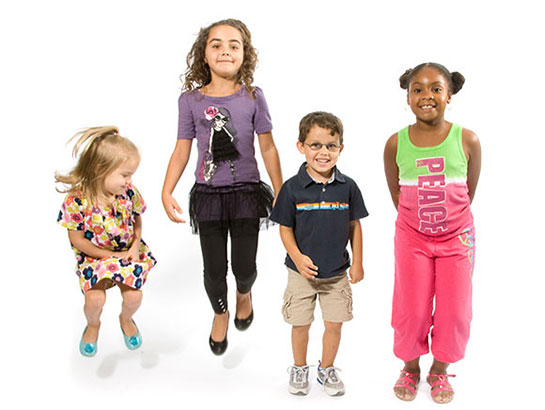

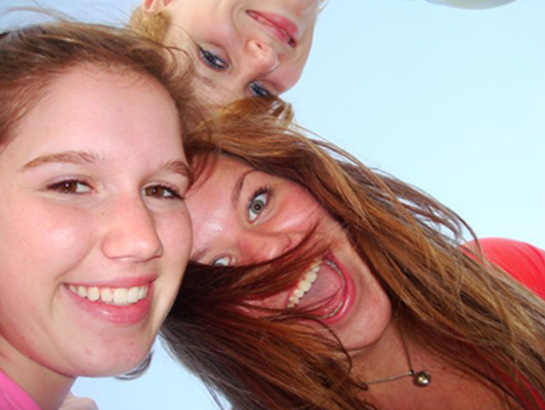
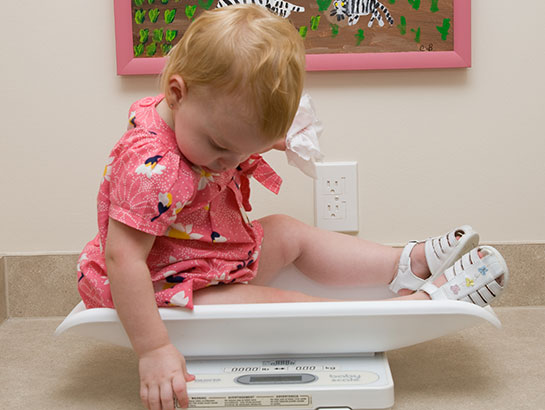





 Encourage consumption of healthy foods and beverages. Avoid high calorie foods/snacks and high calorie beverages.
Encourage consumption of healthy foods and beverages. Avoid high calorie foods/snacks and high calorie beverages.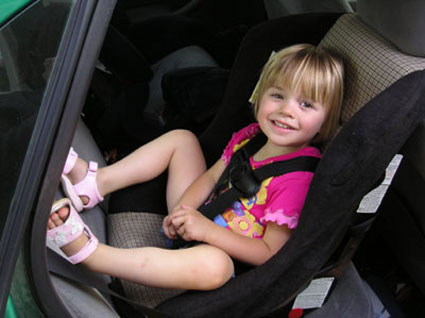 My Thoughts on the New AAP Car Seat Recommendation by Matthew M. Yaeger, M.D.
My Thoughts on the New AAP Car Seat Recommendation by Matthew M. Yaeger, M.D. Bronchiolitis is an infection that affects the small breathing tubes in the lungs, the bronchioles. It can be caused by RSV (respiratory syncytial virus), influenza, parainfluenza virus or adeno virus. The infection causes inflammation and swelling of the bronchioles.
Bronchiolitis is an infection that affects the small breathing tubes in the lungs, the bronchioles. It can be caused by RSV (respiratory syncytial virus), influenza, parainfluenza virus or adeno virus. The infection causes inflammation and swelling of the bronchioles.